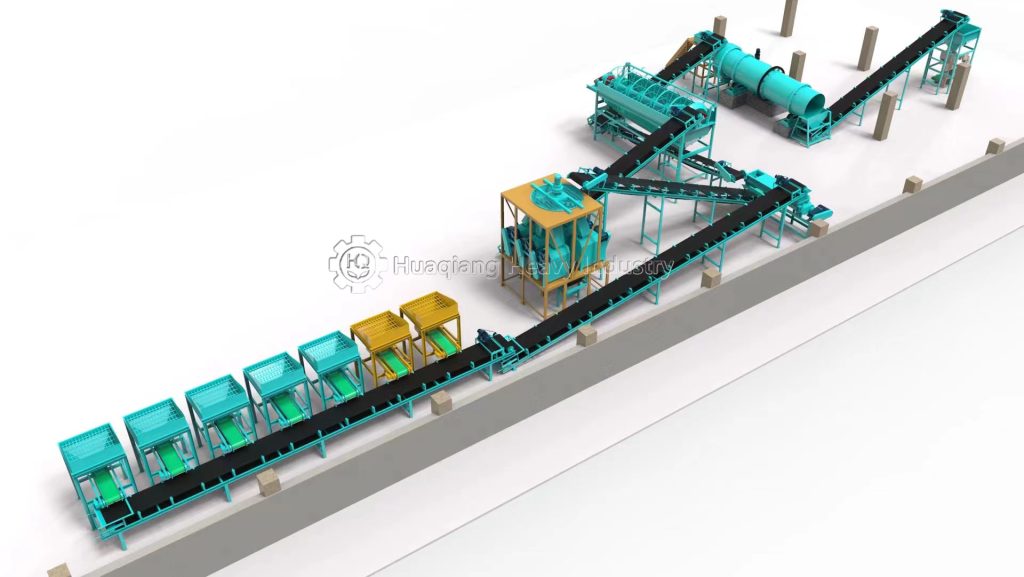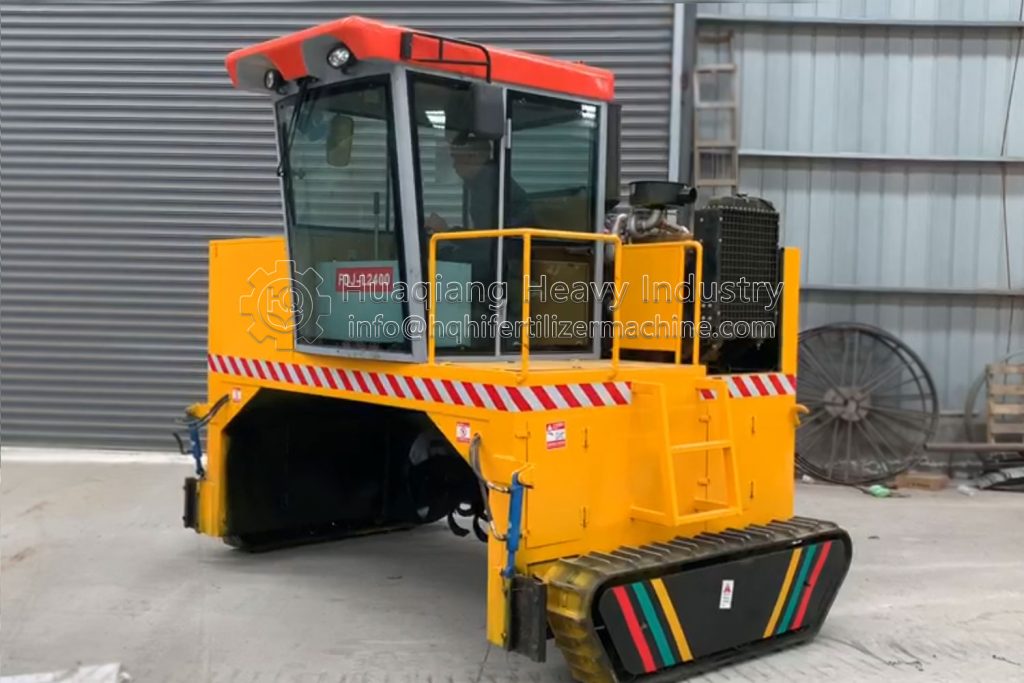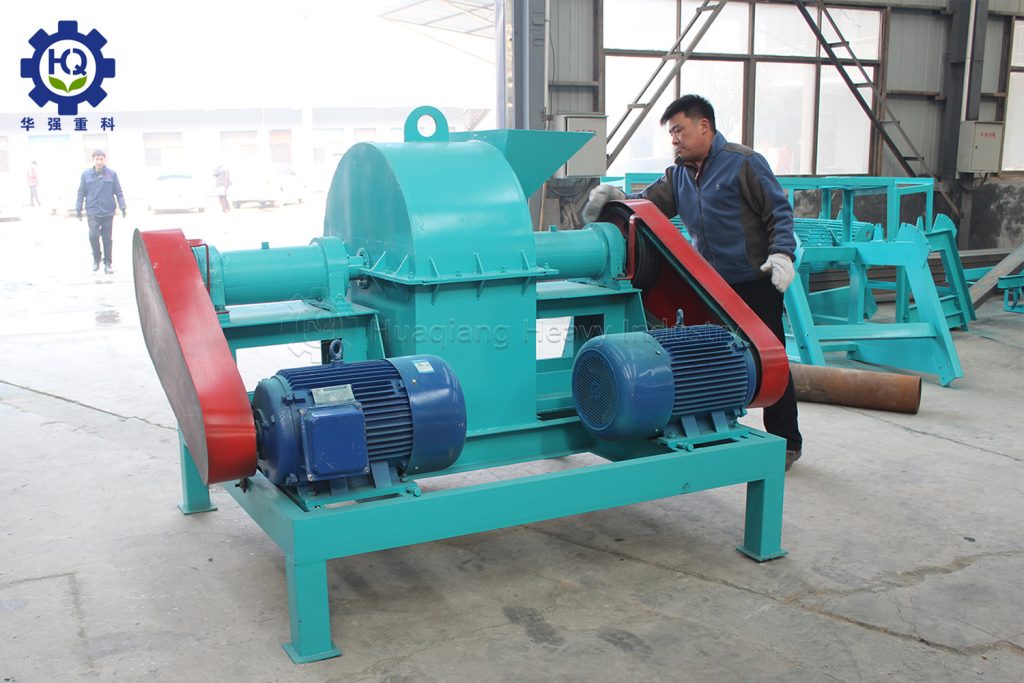Fertilizer Plant Cost Optimization: How to Reduce Expenses Without Sacrificing Quality?
Introduction
Against the backdrop of growing global agricultural demand, fertilizer manufacturers face the dual challenge of reducing costs while maintaining product quality. This article explores several practical cost optimization strategies to help fertilizer plants enhance their competitiveness.

Raw Material Procurement Optimization
Raw materials typically account for 60-70% of fertilizer production costs[1]. Optimizing procurement strategies can yield significant savings:
- Long-term contracts: Establish long-term supply agreements with reliable suppliers to lock in prices
- Local sourcing: Reduce transportation costs and import tariffs
- Alternative materials: Evaluate more cost-effective alternative raw materials

Production Process Improvements
| Improvement Area | Potential Savings | Implementation Difficulty |
| Energy efficiency | 15-25% | Medium |
| Automation | 10-20% | High |
| Waste recycling | 5-15% | Low |
Logistics and Inventory Management
By optimizing logistics networks and inventory levels, fertilizer plants can reduce operational costs by approximately 8-12%. Key strategies include:
- Implementing JIT (Just-In-Time) inventory management
- Optimizing transportation routes and modes
- Investing in warehouse automation
Conclusion
By comprehensively applying these strategies, fertilizer plants can achieve significant cost savings without compromising product quality, thereby gaining a competitive advantage in the global market.

